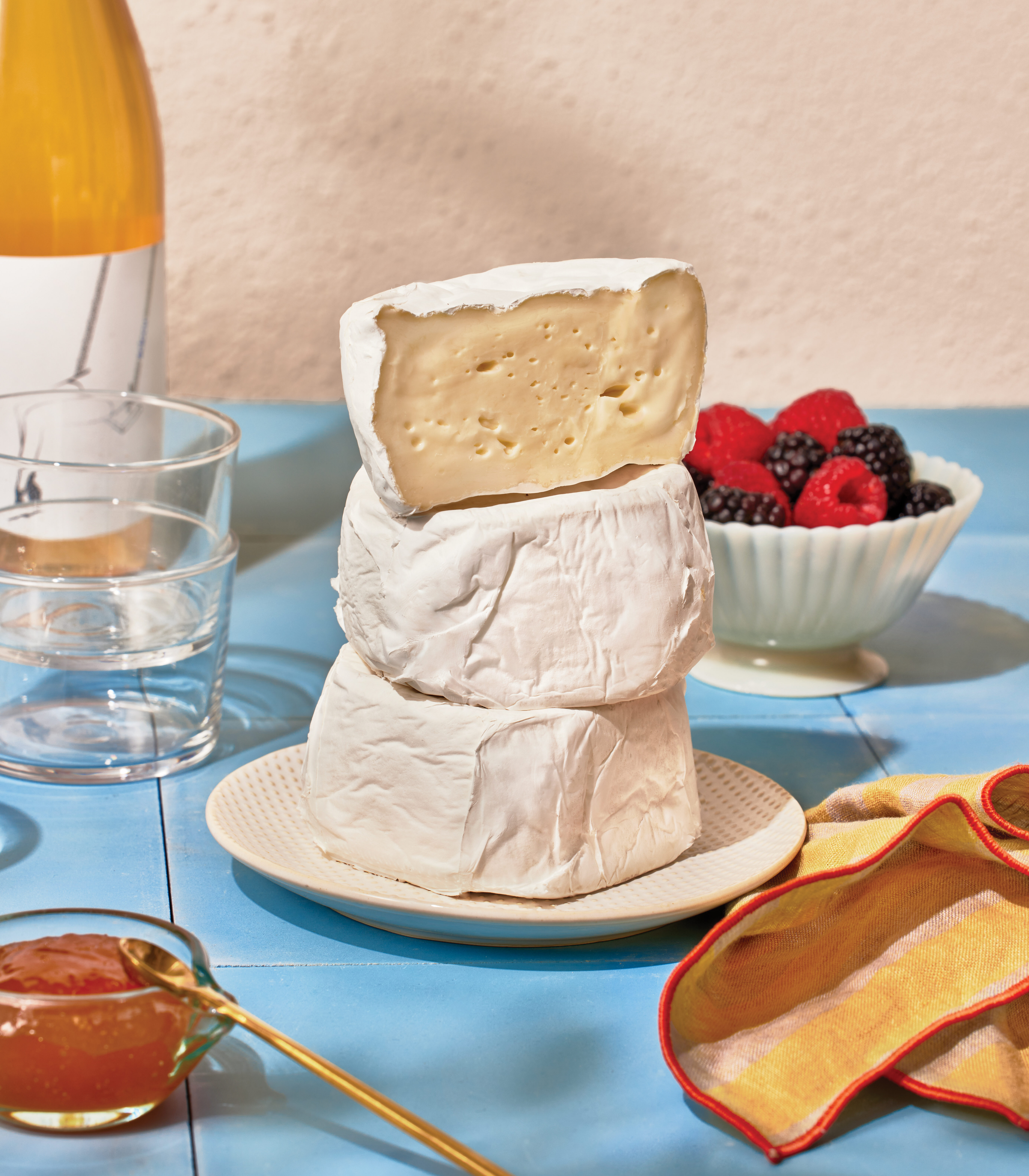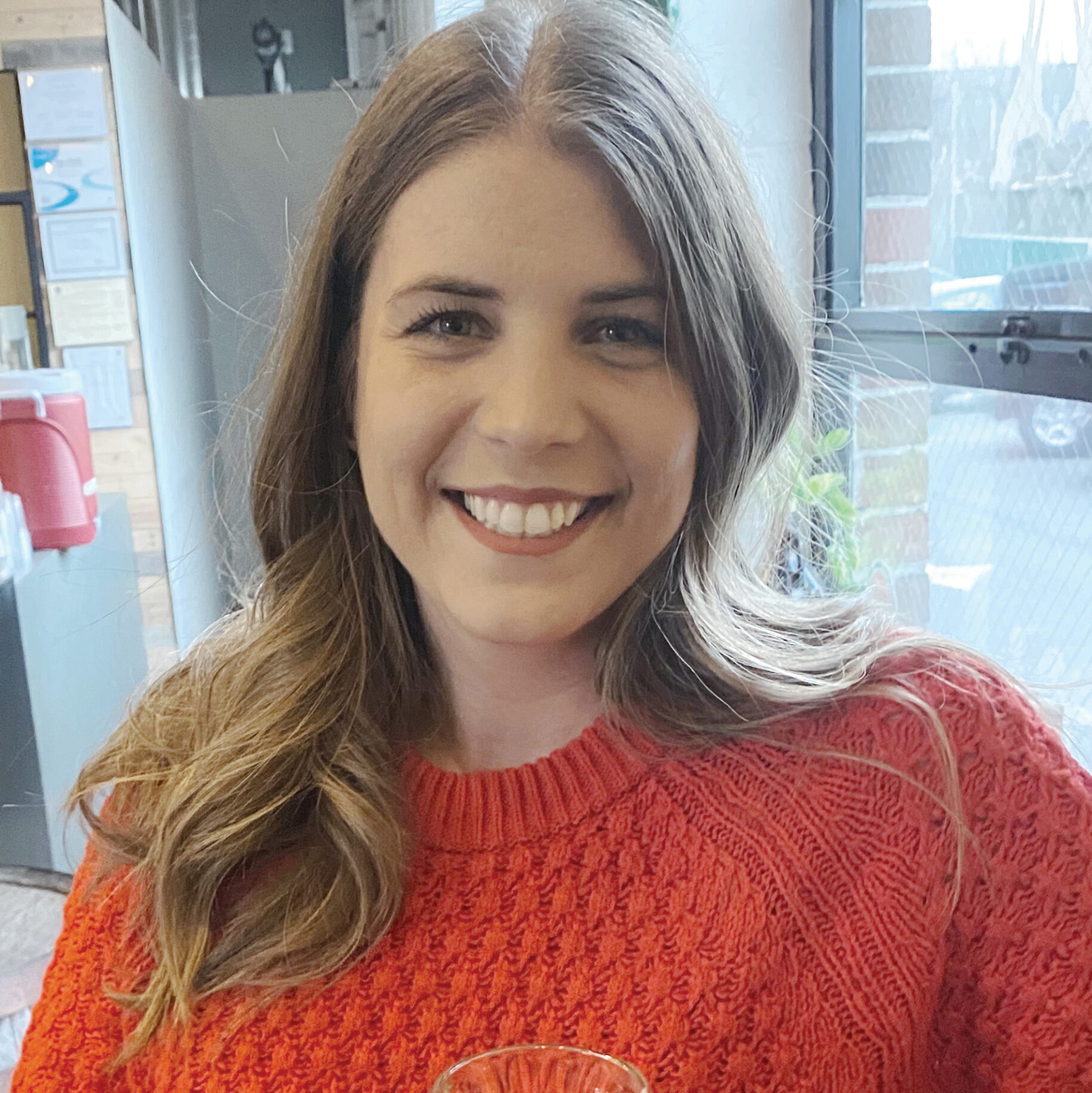
Photographed by Nina Gallant styled by Madison Trapkin
Step outside, bask in the summer heat, pop a bottle of bubbly, and slice into a supple wheel of Nicasio Valley Cheese Company Formagella coupled with crackers and juicy stone fruit. We promise you won’t be disappointed. Mild and buttery with notes of toasted cashew and mushroom, this camembert-brie hybrid is a perfect picnic pairing.
“Because of its mild creamy flavor, it goes with a wide variety of different foods,” says Scott Lafranchi, head of cheese production and brother to Randy and Rick Lafranchi who, in partnership with their siblings, run the family business. In 1919, their grandfather, Fredolino Lafranchi, emigrated from Switzerland and established Lafranchi Ranch in Marin County, California. He eventually passed the operation down to his son Will, who then passed the company down to his children. Will’s deep appreciation for his ancestry and Swiss cheese culture inspired his children to establish award-winning Nicasio Valley Cheese Company in 2010, crafting a variety of cheese styles from Alpine to bloomy rind.
“During our trip to Switzerland to meet Swiss cheesemaker Maurizio Lorenzetti, who would eventually come to California and help us get started making cheese, we were introduced to Formagella,” explains Scott. “It’s a cheese made in the Italian part of Switzerland, and a lot of villages have their own style of Formagella. It was one of the first cheeses we made when we started our cheese plant.”
Formagella is made using 100 percent organic milk from pasture-raised cows at nearby Lafranchi Ranch, a 1,150-acre swath of land where 400+ cows graze, 3,000 free-range chickens roam, and an on-site composting facility operates. Once fresh milk arrives in the make room, it’s poured into a large round vat, where curds are cut into large pieces and delicately mixed until just the right texture. The curd is gently gravity-fed from a raised platform into small molds, drained overnight, and placed in a brine bath the next day. Then, the cheese is aged between seven and nine days until that signature white mold appears.
“The whole process of transforming milk from our own dairy into so many different flavors and textures of cheese is amazing. It’s a process that never gets old, as it’s constantly changing,” says Scott. “There’s nothing more rewarding than having people taste our cheese at our creamery or at an event and tell us how delicious it is. It makes all the hard work worthwhile!”




